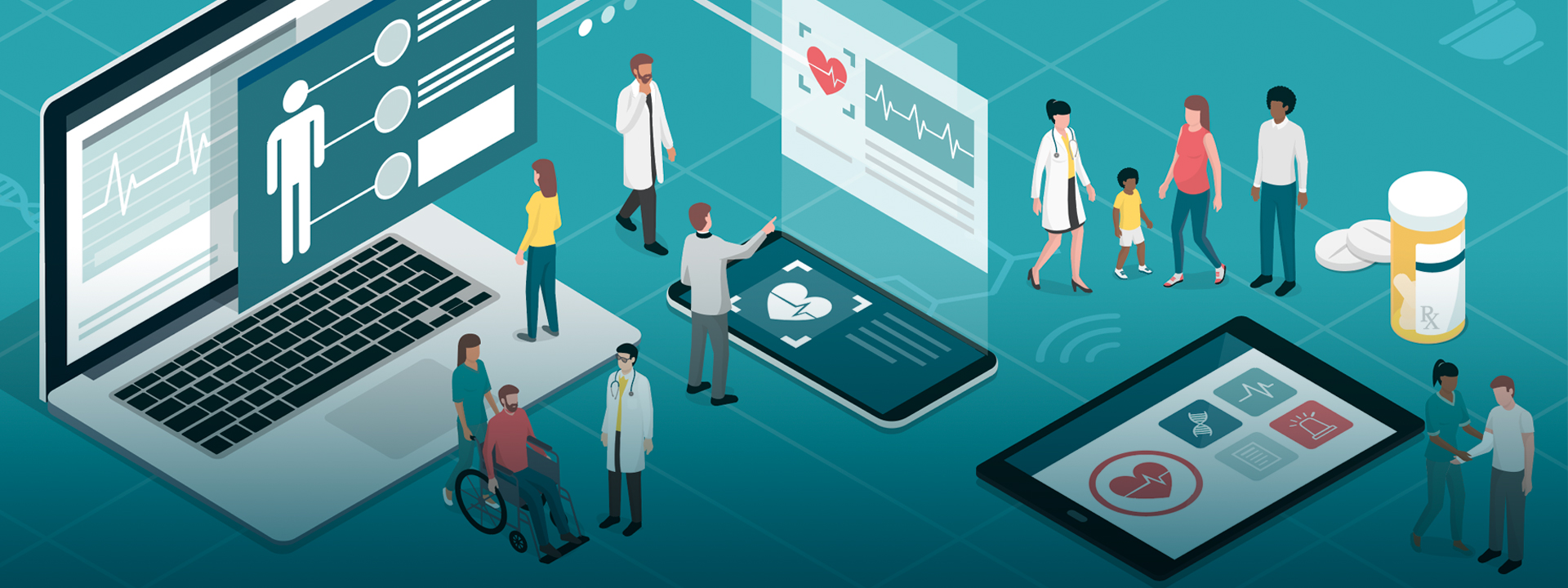The SUPPORT for Patients and Communities Act, which Congress passed and President Trump signed into law in October, mandates the use of electronic prescribing of controlled substances (EPCS) for all controlled substances under Medicare Part D by January 1, 2021.
EPCS is a critical tool in the nation's response to the epidemic. It eliminates paper prescriptions, which can be stolen, forged or altered, and gives prescribers electronic access to a patient’s prescription history to help identify potential overuse or abuse. In addition, there are other benefits, including enhanced security, privacy and prescribing flexibility, as well as improved workflow efficiency for prescribers and pharmacists alike.
Policymakers clearly see the need to leverage EPCS in the fight against opioid abuse, as the continued acceleration of EPCS legislation at the state level demonstrates. In 2018, eight more states passed mandates--Arizona, California, Iowa, Massachusetts, New Jersey, Oklahoma, Pennsylvania and Tennessee—bringing the total number of states with EPCS mandates to 15. Of that total, the mandates in Arizona, New Jersey and Pennsylvania become effective in 2019—with Arizona’s beginning the very first day of the new year. New Jersey’s mandate applies to EHR vendors, not prescribers or pharmacists. Michigan and Illinois have now introduced EPCS bills, and industry experts expect nearly twenty more states to pursue similar legislation in 2019.
These mandates have driven an increase in prescriber enablement across the nation. Maine, whose prescriber enablement hovered in the single digits before its law went into effect in July 2017, saw a rate of 69 percent by November 2018.
Still, we have some work to do. While more than 90 percent of non-controlled substances were prescribed electronically nationwide in 2017, just 21 percent of controlled substances were. That’s too low when so many lives are at stake.
However, it’s encouraging to see electronic health record (EHR) vendors taking action to help spur EPCS utilization among prescribers. In the past year, Cerner has seen a nearly 52 percent increase in EPCS transactions across prescribers using their EHR.
Prescribers should visit www.GetEPCS.com to learn how to get started today. And check out our interactive map (updated monthly) to see where each state stands in terms of EPCS enablement for both prescribers and pharmacies, as well as relevant policy developments.


 Dean Riggott Photography
Surescripts
Dean Riggott Photography
Surescripts
